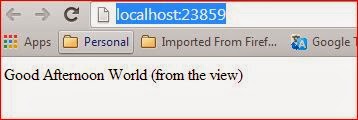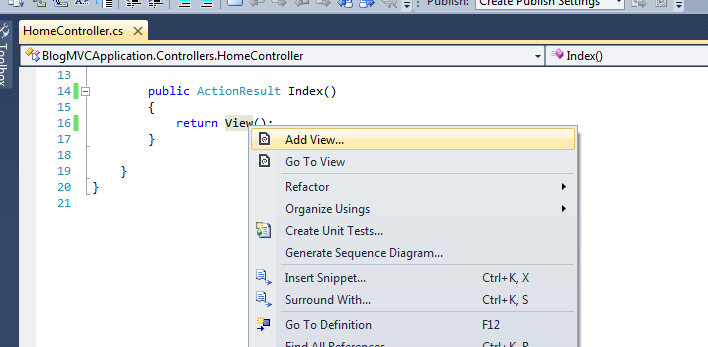MVC 4 - Example sending email - WebMail
This is a example of sending email snippet code in Razor Editor. Sample Sending Email - Razor @{ Layout = null; } <!DOCTYPE html> <html> <head> <meta name="viewport" content="width=device-width" /> <title>Thanks</title> </head> <body> @{ try { WebMail.SmtpServer = "smtp.example.com"; WebMail.SmtpPort = 587; WebMail.EnableSsl = true; WebMail.UserName = "mySmtpUsername"; WebMail.Password = "mySmtpPassword"; WebMail.From = "rsvps@example.com"; WebMail.Send("party-host@example.com", "RSVP Notification", "Message Send will be here"); } catch (Exception) { @:<b>Sorry - we couldn't send the email to confirm your RSVP.</b> } } <div> </div> </body> </html> By Mohd Zulkamal NO



